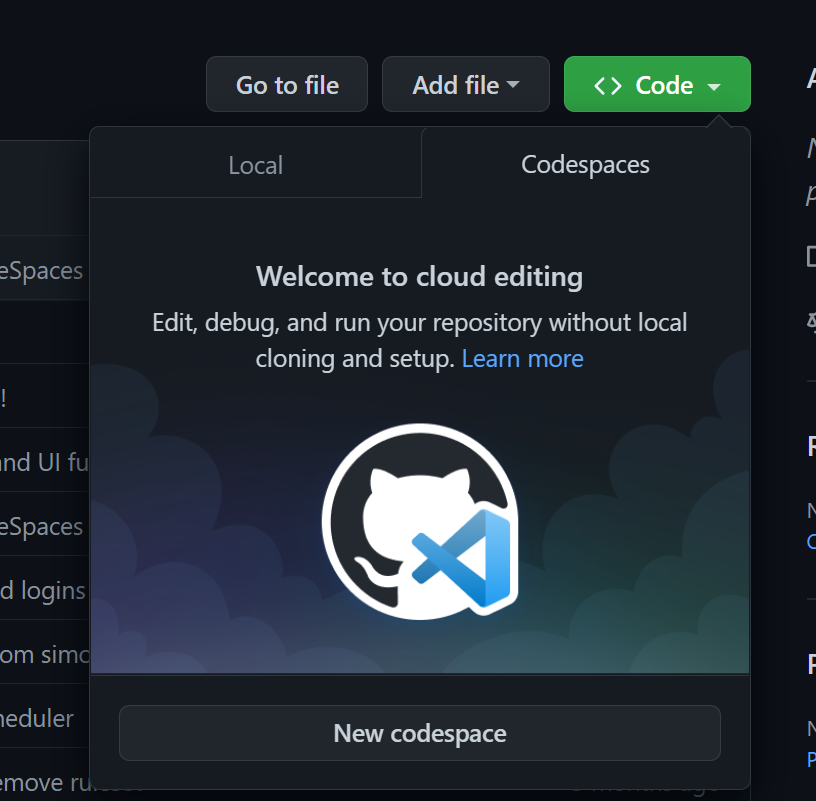Developer Guide
This guide explains how to set up your environment for developing Hippo.
Hippo is a .NET webapp, built with the Model-View-Controller (MVC) approach.
The front-end uses the Bootstrap design framework, which (along with some other packages) is managed via npm and gulp.
Setup
To get started either install the prerequisite tools locally or use a containerized environment.
1. Install locally
Install the following development tools and then clone the repository.:
2. Use Visual Studio Code Remote Containers
Alternatively development and testing can be done in a remote container using the Visual Studio Code Remote Containers extension.
Using this approach, you can run the development inside a container without installing anything locally, other than the prerequisites for Visual Studio Code Remote Containers.
- Clone the Hippo repository locally.
- Start VS Code
- Run the
Remote-Containers: Open Folder in Container...command and select the local folder.
You can also use the devcontainer cli to open Visual Studio Code and connect to the container.
devcontainer open hippo
3. Use GitHub Codespaces
If you have access to GitHub Codespaces then you can fork the Hippo repository and create a codespace.:
Navigate to the main page of the newly forked repository. Under the repository name, use the Code drop-down menu, and in the Codespaces tab, click New codespace:

Building
To build the project, run:
$ dotnet restore
$ cd Hippo
$ npm run build
Running
If you’re using the deislabs bindle test server, make sure to install the Let’s Encrypt TLS certificates on your machine.
$ sudo su
$ cd /usr/share/ca-certificates/
$ mkdir letsencrypt.org
$ cd $_
$ curl -o isrgrootx1.crt https://letsencrypt.org/certs/isrgrootx1.pem
$ curl -o lets-encrypt-r3.crt https://letsencrypt.org/certs/lets-encrypt-r3.pem
$ dpkg-reconfigure ca-certificates
$ update-ca-certificates
$ export BINDLE_URL=https://bindle.deislabs.io/v1
$ dotnet run
Then, open https://localhost:5001 to view the browser.
Testing
$ dotnet test
Migrations
We provide migrations for two databases: SQLite for local development, PostgreSQL for production use. If you change the model then you need to create migrations for both databases. To do this:
export ASPNETCORE_ENVIRONMENT=Production
dotnet ef migrations add <name> --context SqliteDataContext --output-dir Migrations/Sqlite
dotnet ef migrations add <name> --context PostgresDataContext --output-dir Migrations/Postgres
Sometimes manual fix-ups are required:
- SQLite: EF generates
"now()"for database-generated columns. This doesn’t exist. Change it to"datetime('now')"in both the migration and the designer.
Backing out
If you foul up your dev configuration beyond repair, or just want a clean
start, delete Hippo/hippo.db.